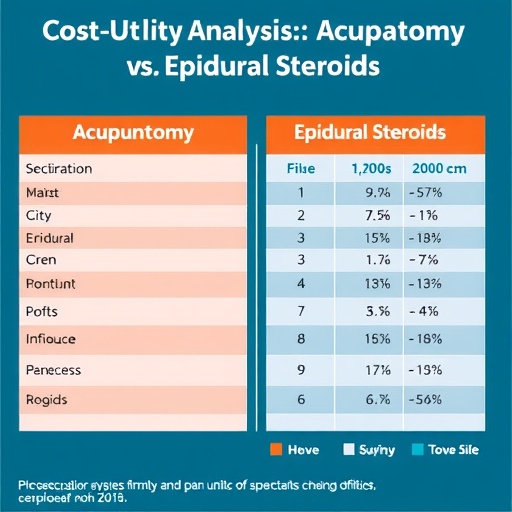When broadband comes to town, flexible work is boosted and work-life balance improves for educated women, who can choose to have more than one child, according to a study by Bocconi scholars

Credit: Paolo Tonato
Access to broadband Internet has a positive effect on fertility, overall life satisfaction and time spent with children. Since this effect is largely driven by higher-educated women, though, it risks to create another digital divide, according to a study by Francesco Billari and Luca Stella (Bocconi University), with Osea Giuntella (University of Pittsburgh), just published in Population Studies.
In the context of DisCont, a research project funded by the European Research Council, the scholars link data on broadband deployment in Germany to a dataset that contains retrospective life course information, including fertility histories.
After gaining access to high-speed Internet, the share of higher-educated women aged 25-45 that give birth to a child in one year passes from 7.2% to 8.7%, mostly thanks to a higher likelihood of having a second or higher-order child. Broadband Internet also positively affects their overall life satisfaction and time spent with children during weekdays.
On the contrary, lesser-educated women, at 6.3%, don’t record significant changes.
«We find that the channel through which high-speed Internet increases fertility is a better work-family balance, due to the spread of teleworking, smart working and part-time working among educated women», says Francesco Billari, a Full Professor of Demography at Bocconi University, Milan, and the DisCont Principal Investigator. High-speed Internet increases the likelihood of working from home by almost thirty per cent and facilitates part-time vs. full time, with little effects on female employment or labor force participation.
«Summing up», prof. Billari concludes, «broadband Internet access allows higher-educated women to better reconcile work and motherhood, which in turn may promote fertility. This may be particularly important in countries such as Germany, or the best part of Southern and Central-Eastern Europe, where total fertility is below replacement ».
The downside of these findings is that broadband Internet introduces a fertility digital divide, which excludes lesser-educated individuals, who tend to be employed in less flexible occupations. «If smart working and flexible hours are an avenue to be trodden, then, child care policies such as those recently introduced in Germany», Luca Stella says, «have also proved to be effective and are to be pursued».
###
Francesco Billari, Osea Giuntella, Luca Stella, Does Broadband Internet Affect Fertility?, in Population Studies, 28 Mar 2019, doi: 10.1080/00324728.2019.1584327.
Media Contact
Fabio Todesco
[email protected]
Original Source
https:/
Related Journal Article
http://dx.




